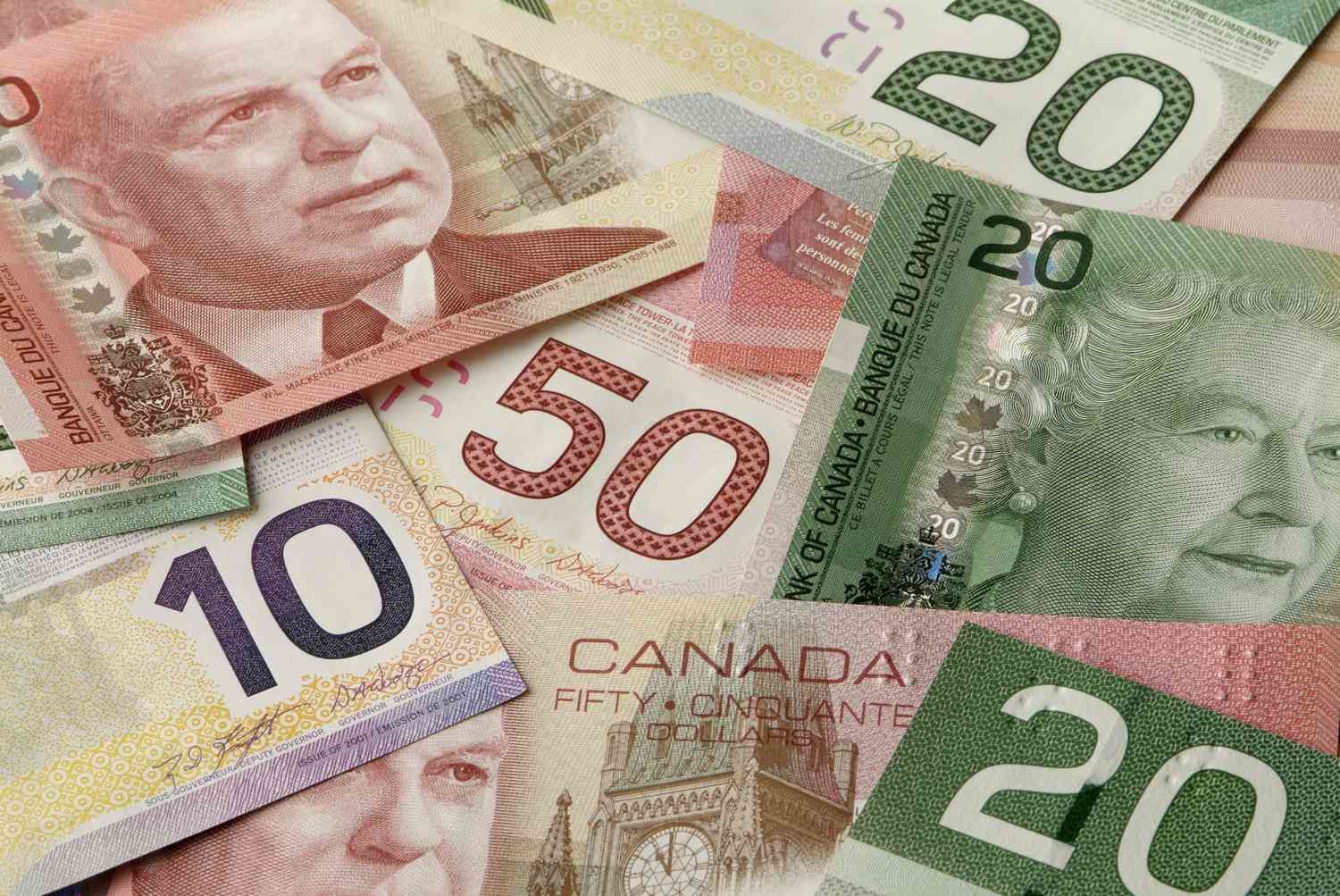Understanding Canadian Dollar Denominations for Travelers in Toronto
Traveling to Toronto, one of Canada’s most vibrant cities, can be an exciting experience. However, understanding the local currency is crucial for a smooth trip. The Canadian dollar (CAD) is the official currency, and knowing its denominations can help you manage your expenses efficiently. This guide provides practical information on Canadian dollar denominations to help travelers navigate Toronto with ease.
Canadian Coins: The Basics
In Canada, coins are an essential part of everyday transactions, especially for small purchases. The Canadian dollar is divided into 100 cents, and the coins come in several denominations:
- 5 cents (nickel): The nickel is a small silver-colored coin, often used for minor transactions.
- 10 cents (dime): Slightly smaller than the nickel, the dime is also silver-colored and frequently used.
- 25 cents (quarter): The quarter is larger than both the nickel and dime and is commonly used for vending machines and parking meters.
- 1 dollar (loonie): Named for the image of a loon on one side, the loonie is a gold-colored coin.
- 2 dollars (toonie): The toonie is a bi-metallic coin, larger than the loonie, and features a polar bear.
While pennies (1 cent) were phased out in 2013, prices are rounded to the nearest five cents when paying with cash. Understanding these coins will help you handle small transactions and avoid confusion.
Canadian Banknotes: What You Need to Know
Canadian banknotes are colorful and easy to distinguish, making them user-friendly for travelers. The notes are made of polymer, which makes them durable and resistant to wear and tear. Here are the denominations you’ll encounter:
- 5 dollars: The blue note features an image of Sir Wilfrid Laurier, Canada’s first French-speaking Prime Minister.
- 10 dollars: This purple note showcases Viola Desmond, a civil rights pioneer, and includes a depiction of the Canadian Museum for Human Rights.
- 20 dollars: The green note displays a portrait of Queen Elizabeth II, a common sight on Canadian currency.
- 50 dollars: The red note features William Lyon Mackenzie King, Canada’s longest-serving Prime Minister.
- 100 dollars: The brown note showcases Sir Robert Borden, a former Prime Minister known for his leadership during World War I.
These banknotes are widely accepted across Toronto, and having a mix of denominations can be helpful for various transactions, from dining out to shopping.
Tips for Managing Currency in Toronto
When traveling in Toronto, managing your currency efficiently can enhance your experience. Here are some practical tips:
- Currency Exchange: It’s advisable to exchange some money before arriving in Toronto. However, if you need to exchange currency in the city, banks and currency exchange offices offer competitive rates. Avoid exchanging money at airports, as they often have higher fees.
- Using Credit and Debit Cards: Credit and debit cards are widely accepted in Toronto, and many establishments offer contactless payment options. Inform your bank of your travel plans to avoid any issues with card usage.
- ATMs: ATMs are readily available throughout Toronto, providing a convenient way to withdraw Canadian dollars. Be aware of any foreign transaction fees your bank may charge.
- Budgeting: Keep a mix of coins and small bills for public transportation, tips, and small purchases. Larger bills are suitable for dining and shopping.
By understanding Canadian dollar denominations and following these tips, you can manage your finances effectively while exploring Toronto.
